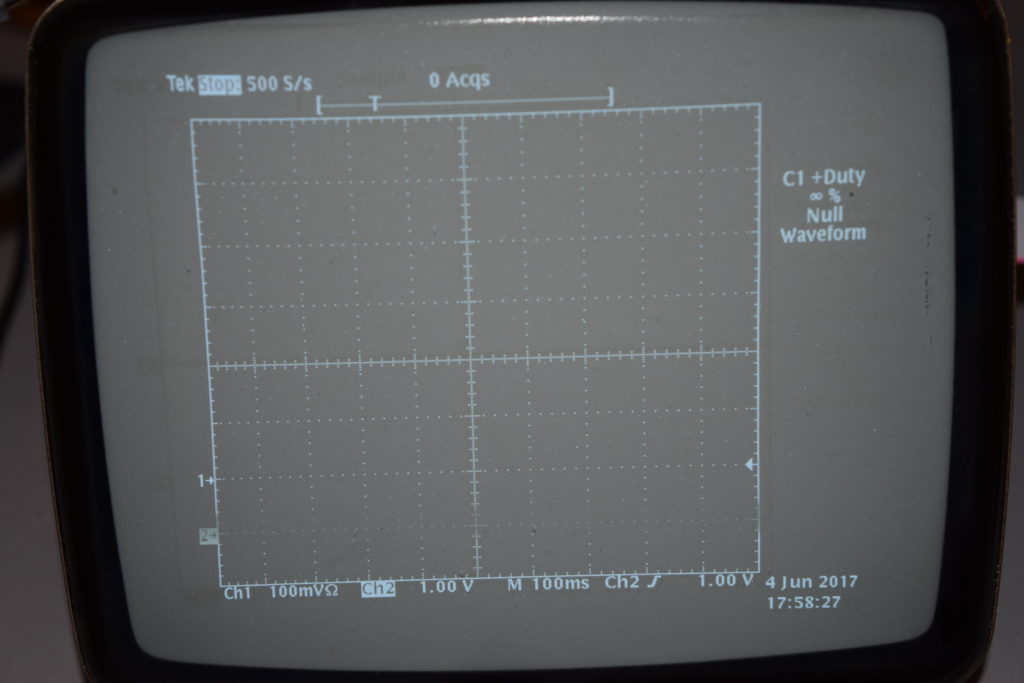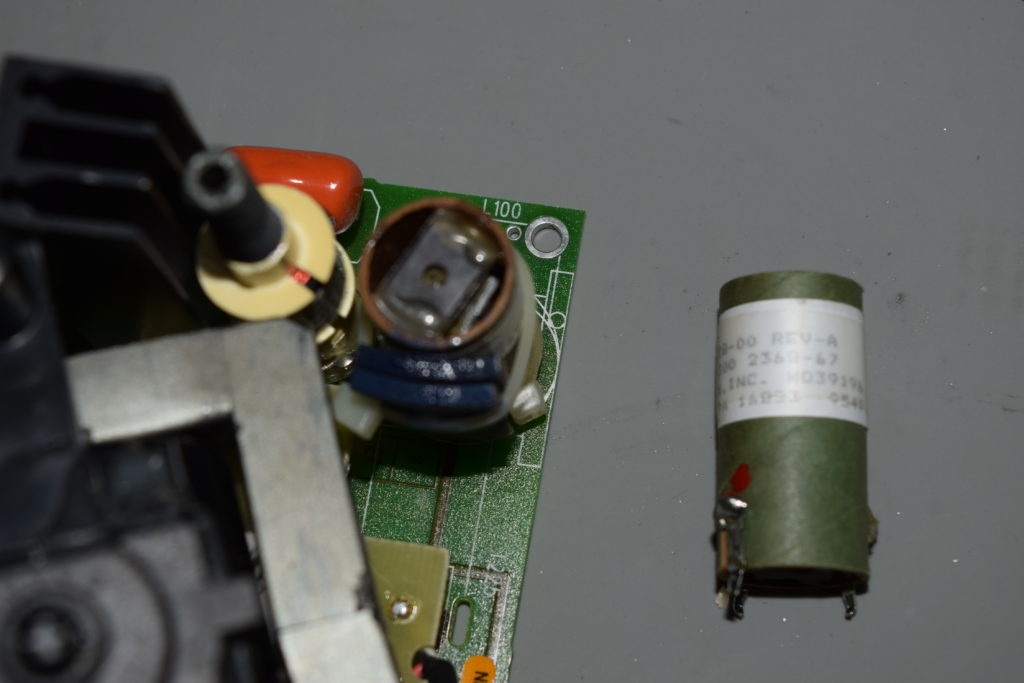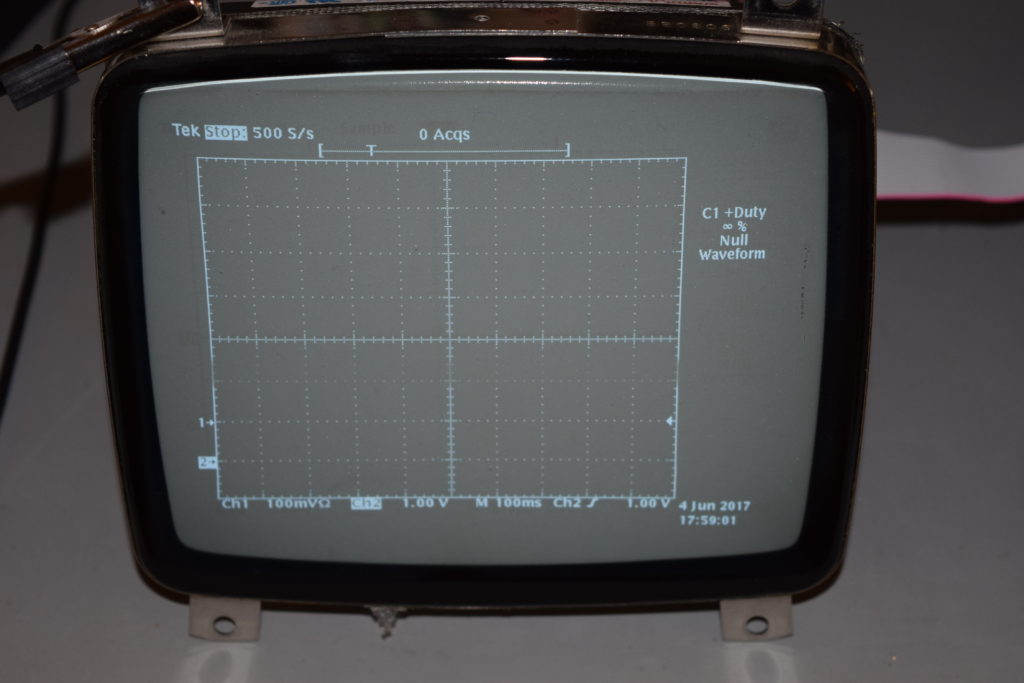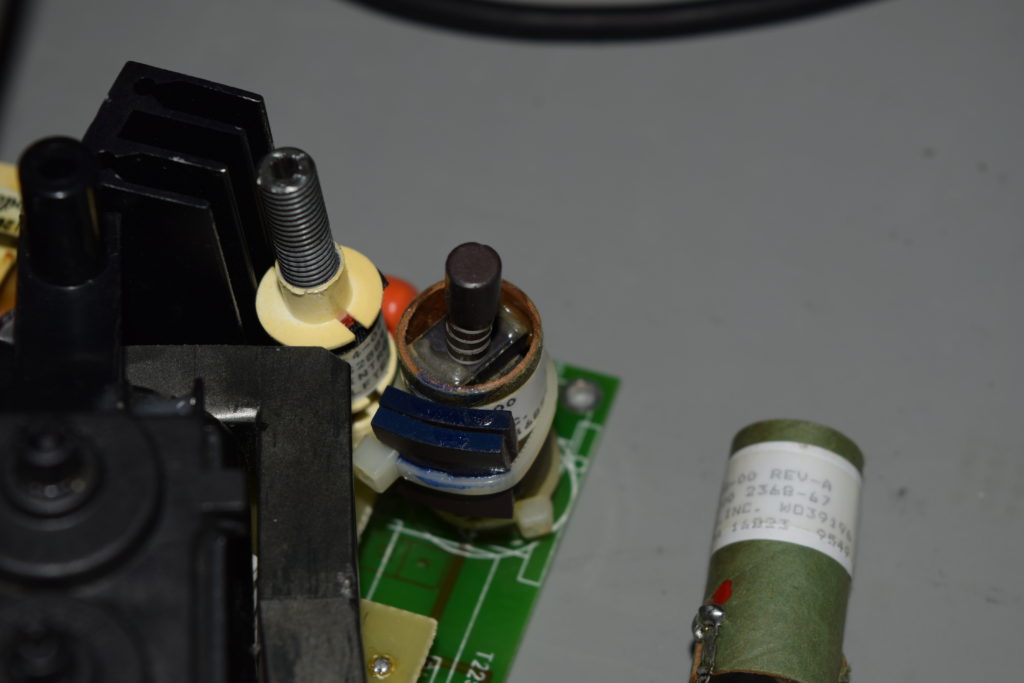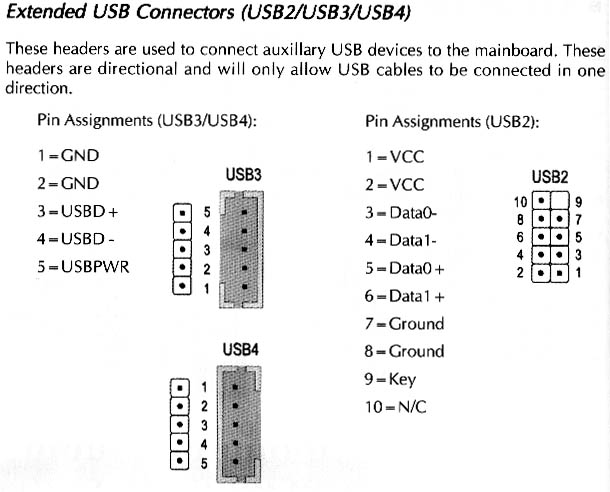The most common mode of CRT display failure in the TDS 500~800 series (Monochrome models) is the flyback transformer. The symptom is that after leaving the screen on for a couple of hours, the screen started stretching vertically until it disappears.
It also happens the failure only happens to a batch of CRT boards. The batch I’ve seen looks new (with modern markings that tells you the purpose of the trimpots) and lightly used, so I’m sure it’s infant mortality. Here’s the broken CRT driver board to be repaired:
There’s practically nowhere you can find this obsolete replacement because it’s not a common configuration. I sourced a batch from China that claimed the part number, and I spent whole day cursing the vendor when the flyback transformer arrived. Here’s what I saw:
The one on the right was the broken original flyback transformer, and two on the left were my new orders. Not only that the shapes are completely different, the number of pins doesn’t even match. WTF?!!!
The seller told me that it works. Forget about how to fit that in the board for a moment. How the f*** am I supposed to know which pins goes to which spot? Not to mention there are 11 dots when the original only has 8+1 (actually 7+1, pin#8 is not used). I said dots instead of pins because not all of them are populated with a pin, and the pins that are missing were not even consistent across the transformers in the batch.
I cannot even guess with a multimeter because it’s not a simple, uniform transformer. Even if I know which ones are connected, I could have ruined the whole thing by having the wrong number of coil turns/inductances because I switched a pair or two!
I had to push the seller really hard for him to dig up the actual mapping and draw me the pinouts on the pictures I’ve sent him (I’m sure the whole batch will be trash if I could not communicate with them in Chinese). The ‘product’ must have been designed and the manufacturing line ran by a bunch of village idiots. Nothing is right about it other than the windings inside are electrically usable (can’t even say compatible because I need to hack it really hard to get the correct display). Here’s the pinout:
Here’s another transformer that doesn’t have the ground pin (unnumbered), turns out the transformer works without it:
The space inside the oscilloscope case is pretty tight, and I managed to find one orientation that lines up with the case nicely, but it’s ugly as hell:
I held it down with hot-glue, caulk to stabilize it. A rubber band was put over it so that if the glue fails, the transformer won’t roll inside the compartment causing mayhem (later units I used cable ties since rubber band might deteriorate with heat. You get the idea.):
If you are not a hobbyist and don’t want the hassle of disassembling whole bunch of stuff just to take out the CRT driver, rebuild it with the said flyback transformer and re-tuning the CRT driver (not only it’s a huge pain, the working room is very tight if you don’t have the extension cables), I recommend sending the unit to me for a full CRT surgery (you pay for shipping costs both ways). I also charge a lot less if you combine it with other services such as re-capping (strengthening), NVRAM replacement, etc, in one trip.
Update (2023/07/02): the prices 6 years ago is no longer practical. Luckily nobody asked. This surgery is just way too much hassle to charge this little. If you have a big customer who really need to keep exactly the same model to avoid changing their process/certification/software, ask me for a spot quote. I usually give very generous combined discounts if there’s more than one thing to work on.
I don’t think anybody else have new compatible flyback transformers for these displays that has the same fate anymore. I’ll update this post when the ones I saved are used up.
Call me at 949-682-8145.
![]()






